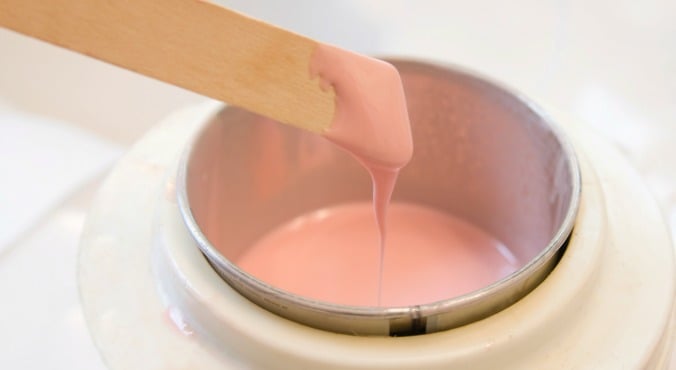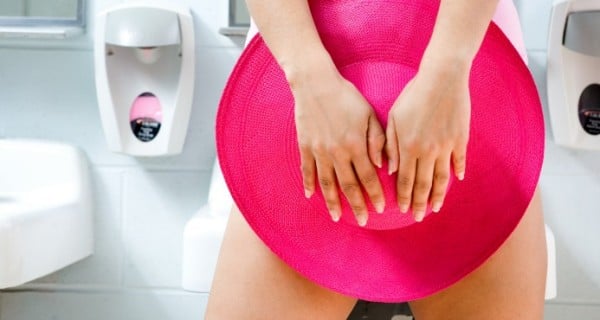
Image via iStock.
We’ve heard all kinds of hair removal horror stories. From DIY waxing nightmares, to hair removal creams ending in a visit to the emergency department, to accidentally getting your entire face waxed off.
These are all shocking stories in their own ways, yet this one takes the cake: a US woman contracted an STI during a wax. In Cosmopolitan magazine last year, Maddie Rubin recalled being told she’d seemingly caught molluscum contagiosum — a viral skin condition that’s common in children, but can be sexually transmitted among adults — from a “particularly bloody, painful” Brazilian.
RELATED: How to avoid a Brazilian waxing disaster
“I noticed little bumps on my bikini line/vulva area. Two of them were in a little cluster, and a few others were more sparse. They basically looked like … shiny bumps with a dimple in the middles and a waxy white core,” Rubin wrote. Naturally, she panicked.
Although doctors correctly diagnosed the skin condition, they couldn't figure out what has caused it. After extensive Googling, Rubin sought the advice of a dermatologist, who explained she'd been seeing increasing numbers of women contracting molluscum contagiosum from beauty salons.
Molluscum is a common skin problem with small, harmless raised spots. The spots can stay on the body for a few weeks, several months or more than a year. It is caused by the Molluscum Contagiosum Virus (MCV), which only lives in humans.
RELATED: The woman who caught HIV from a manicure.
One explanation for contracting the virus through a wax could be explained by "double dipping". This is the practice of dipping a wooden spatula into hot wax, rubbing over the area to be waxed and then re-dipping into the wax using the same spatula. Salons typically use a fresh disposable wooden spatula for each dip, but some don’t, meaning that germs on a client’s skin can be transferred into the wax.


